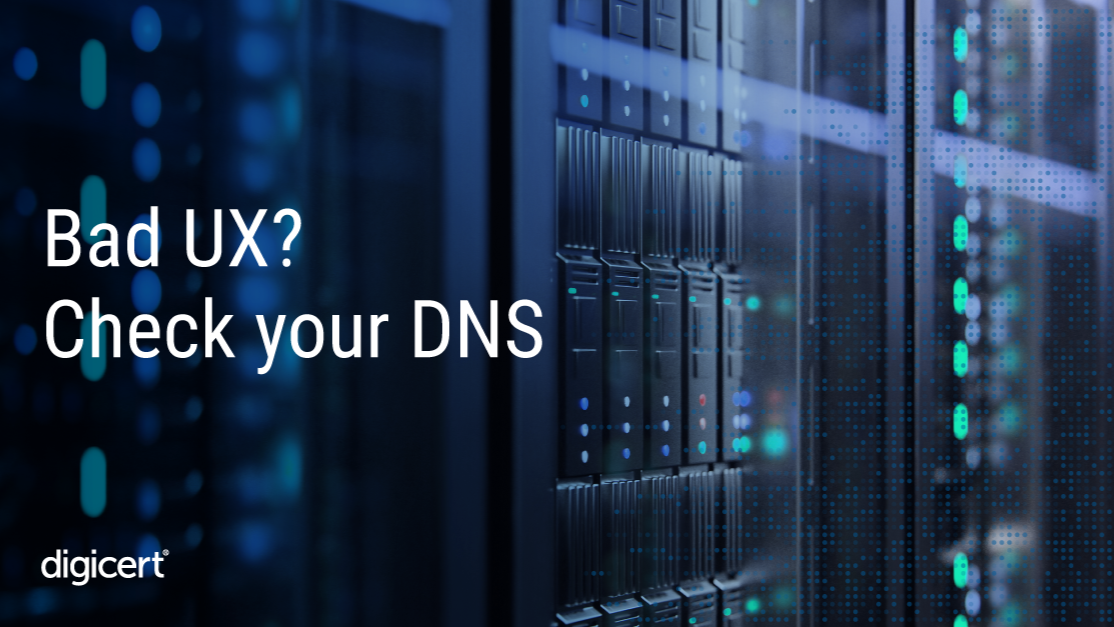
How to troubleshoot DNS issues for security and performance
Author: Henry Holm
The average internet user might not understand DNS; they may not even know it exists. But at one point or another, everyone who browses the web will know the frustrations that DNS issues can cause.
Error messages, broken links, slow load times, elements that appear gradually (if they appear at all)—all contribute to a poor user experience (UX), and they’re often problems that a business could fix if they knew how to troubleshoot their DNS.
Whether you’re running a website, online service, or corporate network, knowing how to handle DNS problems will make it easier to enhance performance and security. We’ve put together some tips for measuring DNS performance and diagnosing common issues to protect against threats and deliver a positive UX.
The importance of DNS for website performance and security
Before we explore how to troubleshoot DNS issues, let’s do a quick review of what this system is and why DNS is so important to internet security and connectivity.
DNS stands for Domain Name System, and it operates like a phone book for the internet, using designated authoritative DNS servers to map domain names to numerical internet protocol (IP) addresses. In layman’s terms, DNS translates human-readable domain names (like www.digicert.com) into IP addresses (like 192.16.49.85) that computers use to identify each other on the network.
A well-functioning DNS ensures your website loads quickly and remains accessible to users worldwide. But for a poorly functioning DNS, the opposite is true—your visitors will experience slow load times, unresponsive services, and a negative UX.
DNS is also critical to web security. Attackers can exploit vulnerabilities for malicious purposes like DNS hijacking or spoofing, redirecting users to fraudulent websites and compromising their sensitive information.
Common DNS issues and their impact
We’ve already touched on some of the common issues you may need to troubleshoot, but here’s a more detailed breakdown:
Tips for troubleshooting your DNS
By now, you can probably see why DNS troubleshooting is important. But how do you do it? Let’s look at the key approaches you can take to address any issues that arise.
领英推荐
Measuring DNS performance
You can improve your site’s performance by implementing traffic management strategies and regularly measuring and monitoring your DNS. Here’s how:
Diagnosing DNS issues
When DNS issues arise, promptly diagnosing the root cause is the only way to find a quick fix. Here are some of the methods you can use:
Enhancing DNS performance
Once you've identified any issues, the next step is to use one or more of the following strategies to enhance your DNS performance.
Enhancing DNS security
And last but not least, you need strategies for supporting the critical role of DNS in online security. Here’s how you can protect your system from common threats:
The latest developments in digital trust
Want to learn more about topics like DNS, cybersecurity, and digital trust best practices? Subscribe to the DigiCert blog to ensure you never miss a story.